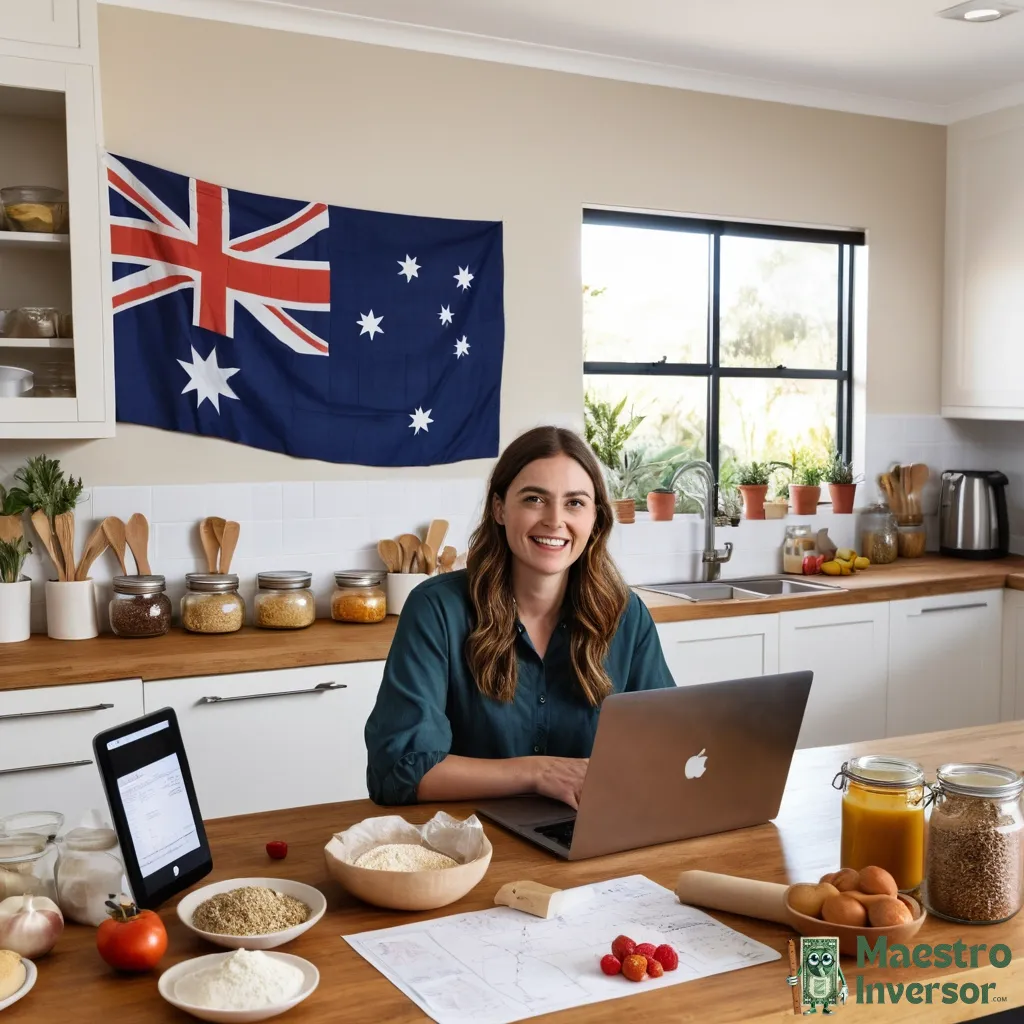
Starting a food business from home in Australia can be a lucrative venture, but it requires careful planning and compliance with the country’s food safety regulations. The first step is to research the market and identify a niche for your business. This could be anything from baking cakes and pastries to preparing gourmet meals or specialty foods. It’s essential to understand your target audience, their preferences, and the competition in the market. You can use online tools such as Google Trends and social media to gather information about the demand for different types of food products.
Understanding the Regulations
In Australia, food businesses are regulated by the state and territory governments, as well as the federal government. The Australia New Zealand Food Standards Code sets out the standards for food safety, labeling, and composition. To start a food business from home, you’ll need to ensure that your premises meet the requirements of the Food Act 2006 and the Food Regulation 2010. This includes having a clean and sanitary kitchen, proper food handling and storage facilities, and adequate waste disposal. You may also need to obtain licenses and permits from your local council, such as a food business license and a home occupation permit.
Required Licenses and Permits
The specific licenses and permits required for a home-based food business in Australia vary depending on the state or territory you’re in. However, here are some of the common ones:
- Food business license: This license is required for all food businesses, including those operated from home.
- Home occupation permit: This permit is required if you plan to operate a business from your home.
- Food handler’s certificate: This certificate is required for anyone who handles food in a food business, including the owner and employees.
- Labeling and packaging permit: This permit is required if you plan to sell packaged food products.
Developing a Business Plan
A business plan is essential for any startup, including a home-based food business. It should outline your business goals, target market, marketing strategies, financial projections, and operational plan. Here are some key components of a business plan for a food business:
- Executive summary: A brief overview of your business, including your mission statement and goals.
- Market analysis: An analysis of your target market, including demographics, preferences, and buying habits.
- Menu and pricing: A description of your menu and pricing strategy.
- Marketing and sales: A description of your marketing and sales strategies, including social media, advertising, and promotions.
- Operations: A description of your business operations, including food preparation, packaging, and delivery.
- Financial projections: Financial projections, including income statements, balance sheets, and cash flow statements.
Menu Development
Developing a menu is a critical component of starting a food business. Your menu should be reflective of your brand and target market, and it should include a variety of options to cater to different tastes and dietary requirements. Here are some tips for developing a menu:
- Keep it simple: Don’t try to offer too many options, as this can be overwhelming for customers and difficult to manage for you.
- Use high-quality ingredients: Use fresh, seasonal ingredients to ensure that your food is of high quality and safe to eat.
- Consider dietary requirements: Include options for customers with dietary restrictions, such as gluten-free, vegan, and halal.
- Price competitively: Research your competitors and price your menu items competitively.
Marketing and Sales
Marketing and sales are critical components of any business, including a home-based food business. Here are some marketing and sales strategies you can use to promote your business:
- Social media: Use social media platforms such as Facebook, Instagram, and Twitter to promote your business and engage with customers.
- Word-of-mouth: Encourage satisfied customers to refer their friends and family to your business.
- Online advertising: Use online advertising platforms such as Google Ads and Facebook Ads to reach a wider audience.
- Local events: Participate in local events such as farmers’ markets, food festivals, and fairs to promote your business and sell your products.
Managing Finances
Managing finances is essential for any business, including a home-based food business. You’ll need to track your income and expenses, manage your cash flow, and ensure that you’re complying with tax laws and regulations. Here are some tips for managing finances:
- Keep accurate records: Keep accurate records of your income and expenses, including receipts, invoices, and bank statements.
- Use accounting software: Use accounting software such as QuickBooks or Xero to manage your finances and generate financial reports.
- Manage your cash flow: Ensure that you have enough cash on hand to cover your expenses, including ingredients, packaging, and marketing.
- Comply with tax laws: Ensure that you’re complying with tax laws and regulations, including registering for an Australian Business Number (ABN) and paying GST.
In conclusion, starting a food business from home in Australia requires careful planning, compliance with regulations, and a well-developed business plan. By following these tips and strategies, you can establish a successful and profitable food business that meets the needs of your customers and complies with the law.

